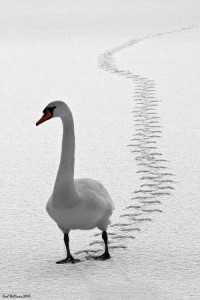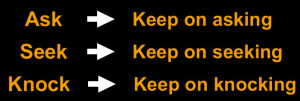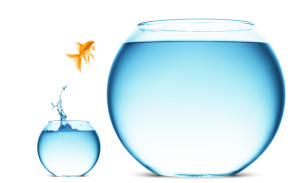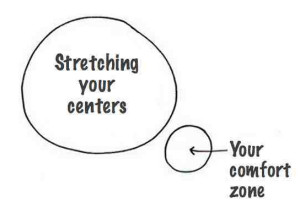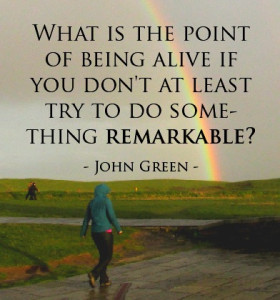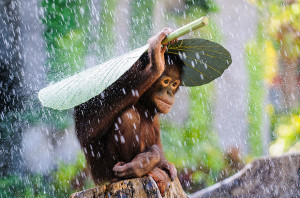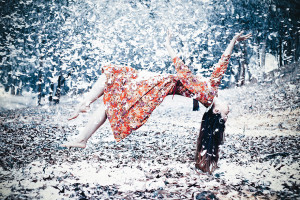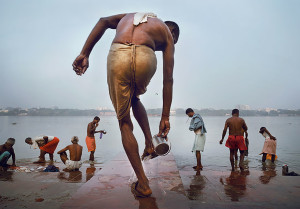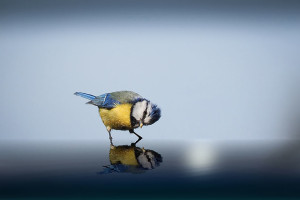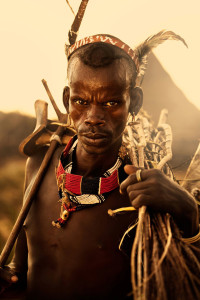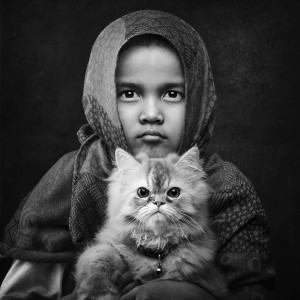My favorite painter is Vincent van Gogh. I speak to 6 different patterns of creativity in my recent book, which flow from our head, heart and gut intuition. We all have a dominant center of creativity, a supportive center and a 3rd center, which we use less confidently in our creativity. I believe Vincent’s brilliant pattern was: A “Dominant Feeler” (heart center) and this was supported by his rapid intuition (gut center), followed by his third center of “thinking” (head center). Vincent van Gogh is an exemplar of this pattern. I explain why in my book and include a short excerpt here.
Born in the Netherlands, he was a preacher’s son. He followed in his father’s footsteps and became a preacher himself. Vincent soon realized he was too empathetic to work with the poor immigrants he was ordained to serve. Instead, he became one of them (heart domination).
He did not begin painting until his late twenties, completing many of his best-known works during the last two years of his life. In approximately a decade, he produced more than 2,100 art works (heart/gut pattern). His swiftly painted impressionist work was notable for its rough beauty, emotional honesty and bold color. He said, “As we advance in life it becomes more and more difficult, but in fighting the difficulties the inmost strength of the heart is developed…”
Vincent lived his “extreme empathy” pattern out his entire life. I believe until his last dying breath. History dictated he committed suicide–but did he really?
New research indicates Vincent did not commit suicide in the end, but was likely shot on July 27, 1890 by a neighborhood bullyboy by accident. Researchers believe a sixteen-year-old boy named Rene Secretan, whose tormenting of van Gogh included buying him drinks, fired the fatal shot. The research questions whether the artist, who was known to have spent time in an insane asylum, could have gotten a gun. Police never found van Gogh’s painting gear or the gun at the wheat field (which was one mile from the lodge) where he said he shot himself. Van Gogh had also written he considered suicide “sinful and immoral.”
This was only four days after Vincent had written his beloved brother of his renewed and determined interest in painting. The new theory is Vincent tried to protect the merciless boy and cover up the shooting by saying, “Do not accuse anybody, it is I that wished to commit suicide” (Adeline Ravoux, 1956). Vincent’s doctor, Paul Gachet, confirmed he was in a good period and had improved psychologically in the very end. He grieved at his funeral and said admiringly, “an honest man and a great artist… who had only two aims, art and humanity.”
So close was Theo’s legendary relationship to his brother that he “fell gravely ill” almost immediately after his death and was dead some months after. His body is buried next to Vincent’s in Auvers.

This theory contradicts old ones that Vincent went mad. As does Adeline Ravoux’s account of his last months, “He never drank alcohol. I insist on this point. The day of his suicide, he was not in the least intoxicated, as some claim. When I later learnt that he had been interned in an asylum for lunatics in the Midi, I was very surprised, as he always appeared calm and gentle in Auvers. He was well respected at our place. We called him familiarly ‘Monsieur Vincent.’”
Vincent died in the Ravoux’s second floor bedroom. Read Adeline Ravoux’s personal account of how Vincent died on the sad night of July 27, 1890. There is still no consensus on how Vincent died, as experts “cannot yet agree” with the new research conclusions about the painter’s death.
What if—van Gogh had developed or emphasized his “hidden” (or less used) rational center earlier in his creative life—or was able to get help for his mental health? We can only guess what the results would be. Why does he touch me so deeply? His confident command of color and commitment to painting the beauty he saw (in the moment) was genius; his magnificent paintings profoundly hit all three of my centers. He transformed the pain of his tormented life into ecstatic beauty. He said he did this by, “…a succession of little things that are brought together.” He ultimately transcended the negativity of his inner “head” critic. This mysterious, utterly humble, and wild man who roamed the fields of Provence makes me cry. He is a true hero whom I can always draw inspiration from.
[youtube]https://www.youtube.com/watch?v=oxHnRfhDmrk[/youtube]
Thank you for reading my post. I am a consultant living in the mountains of Santa Fe, New Mexico. My core message of everyone is creative resonates with people of all ages and walks of life. I invite all to become the best version of themselves in my recent book and website, and find true meaning by pursing long term creative quests.





















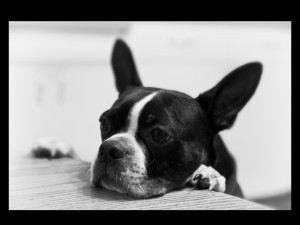 “Asking” comes from our head intelligence center and is cerebral and verbal; we ask for what we most need and want. Please, please, please I want to create something really beautiful!
“Asking” comes from our head intelligence center and is cerebral and verbal; we ask for what we most need and want. Please, please, please I want to create something really beautiful!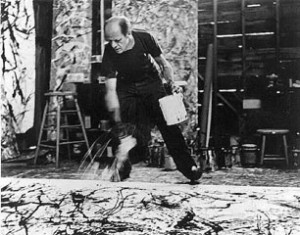 To “knock” involves our body/gut intelligence center. It requires physical movement, one where we take action. Asking and seeking are essential (head and heart centers), however they would be incomplete without knocking (gut/body center).
To “knock” involves our body/gut intelligence center. It requires physical movement, one where we take action. Asking and seeking are essential (head and heart centers), however they would be incomplete without knocking (gut/body center). 